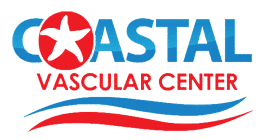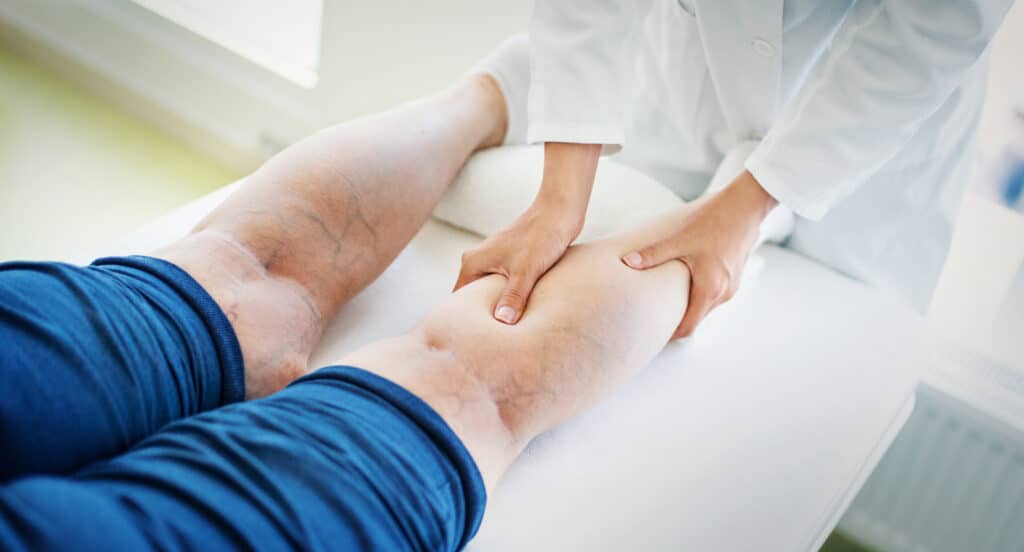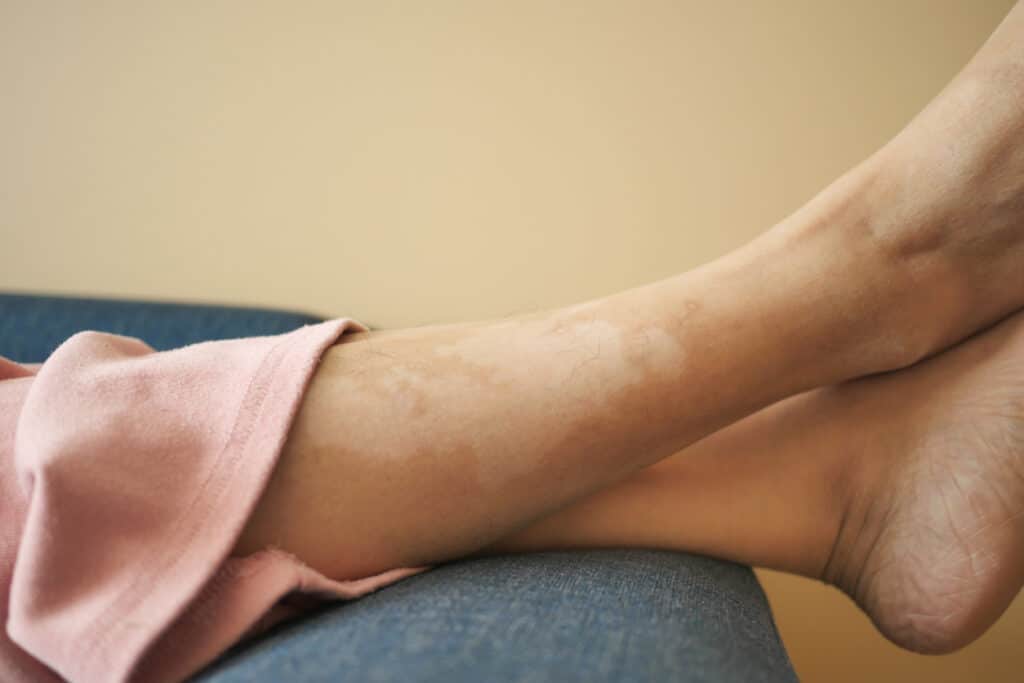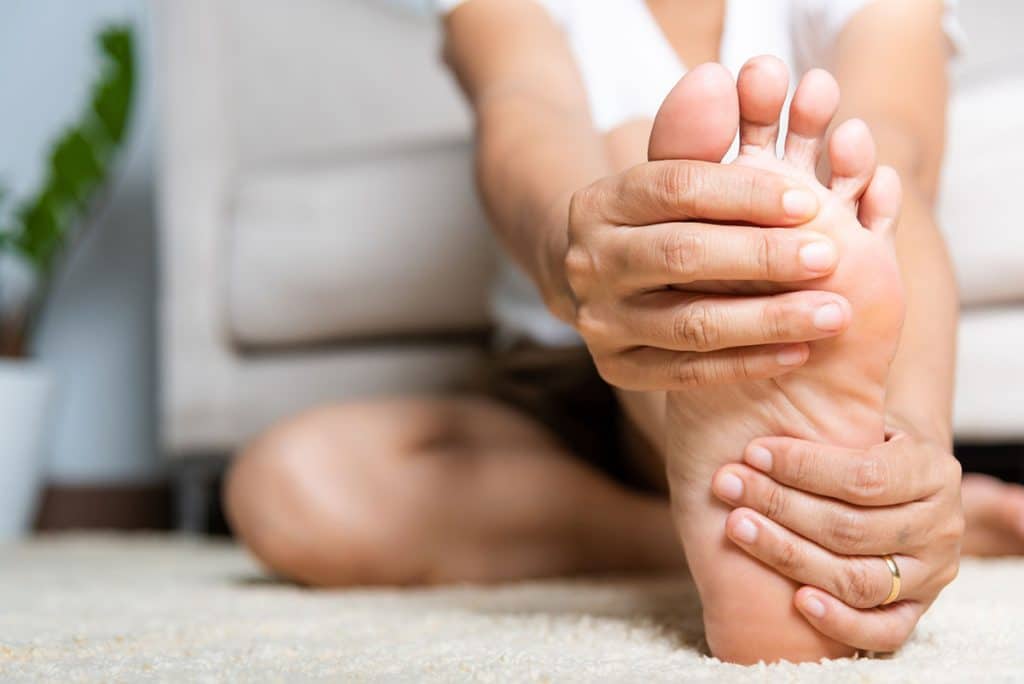Varicose veins are a common condition that affects both men and women but are particularly common in women during and after pregnancy. Varicose veins appear as dark, bulging veins that twist and turn and most frequently occur in the legs. These veins are a result of the valves in your veins not working properly, causing blood to pool in the veins instead of flowing back towards the heart. Varicose veins can be unsightly, uncomfortable, and even painful. The Coastal Vascular Center is here to help you understand varicose veins after pregnancy, their causes and symptoms, and what you can do to prevent and treat them.
What Causes Varicose Veins After Pregnancy?
During pregnancy, the amount of blood in your body increases significantly. This puts extra pressure on your veins, making it difficult for your blood to flow properly through your veins and back to your heart. Hormonal changes during pregnancy also cause veins to become more relaxed, causing the walls of the veins to stretch.
Varicose veins can occur during pregnancy or after giving birth. After delivery, the blood volume in the body decreases, and the uterus no longer restricts the flow of blood, which puts extra pressure on the veins in the legs. Additionally, carrying and breastfeeding a baby require a lot of standing or sitting, making it more difficult for blood to circulate properly, which can contribute to the development of varicose veins.
Symptoms of Varicose Veins After Pregnancy
Women who develop varicose veins after pregnancy may notice a range of symptoms, including:
- Bulging, twisted, or lumpy veins that are blue or purple in color.
- Swelling or pain in the legs.
- A heavy or achy feeling in the legs.
- Skin discoloration or changes around the veins.
- Itching, burning, or throbbing around the veins.
Prevention and Treatment of Varicose Veins After Pregnancy
While varicose veins after pregnancy are common, there are many steps you can take to prevent them or reduce their appearance.
- Exercise regularly. Regular exercise can help improve blood flow throughout your body. Even light exercise like walking or swimming can be beneficial.
- Wear compression stockings. Compression stockings apply pressure to your legs, helping to improve blood flow and reduce the likelihood of varicose veins.
- Elevate your legs. Elevating your legs helps to reduce pressure on your veins and improve blood flow. Try to elevate your legs for a few minutes several times throughout the day.
- Stay hydrated. Drinking plenty of water can help promote healthy blood flow.
- Avoid sitting or standing for long periods of time. If you have to sit for long periods of time, try to get up and walk around for a few minutes every hour or so.
When prevention measures are not enough, minimally invasive treatments are available. At Coastal Vascular Center, we offer a variety of treatments for varicose veins, including:
- Sclerotherapy: This involves injecting a special chemical solution into the vein causing it to collapse and fade away.
- Endovenous laser treatment (EVLT): Using a specialized laser, EVLT closes the damaged vein to reroute blood to a healthier vein.
- Radiofrequency ablation (RFA): RFA uses a catheter to deliver heat to the vein causing it to collapse and close.
Schedule an Appointment with Coastal Vascular Center
Coastal Vascular Center is committed to providing comprehensive and compassionate care for all our patients. We offer full services and treatments for veins and arteries, including varicose veins after pregnancy. Don’t hesitate to give us a call to schedule your appointment. Dr. Ayar and the staff will make sure you are well-informed and well-cared for throughout your treatment.




